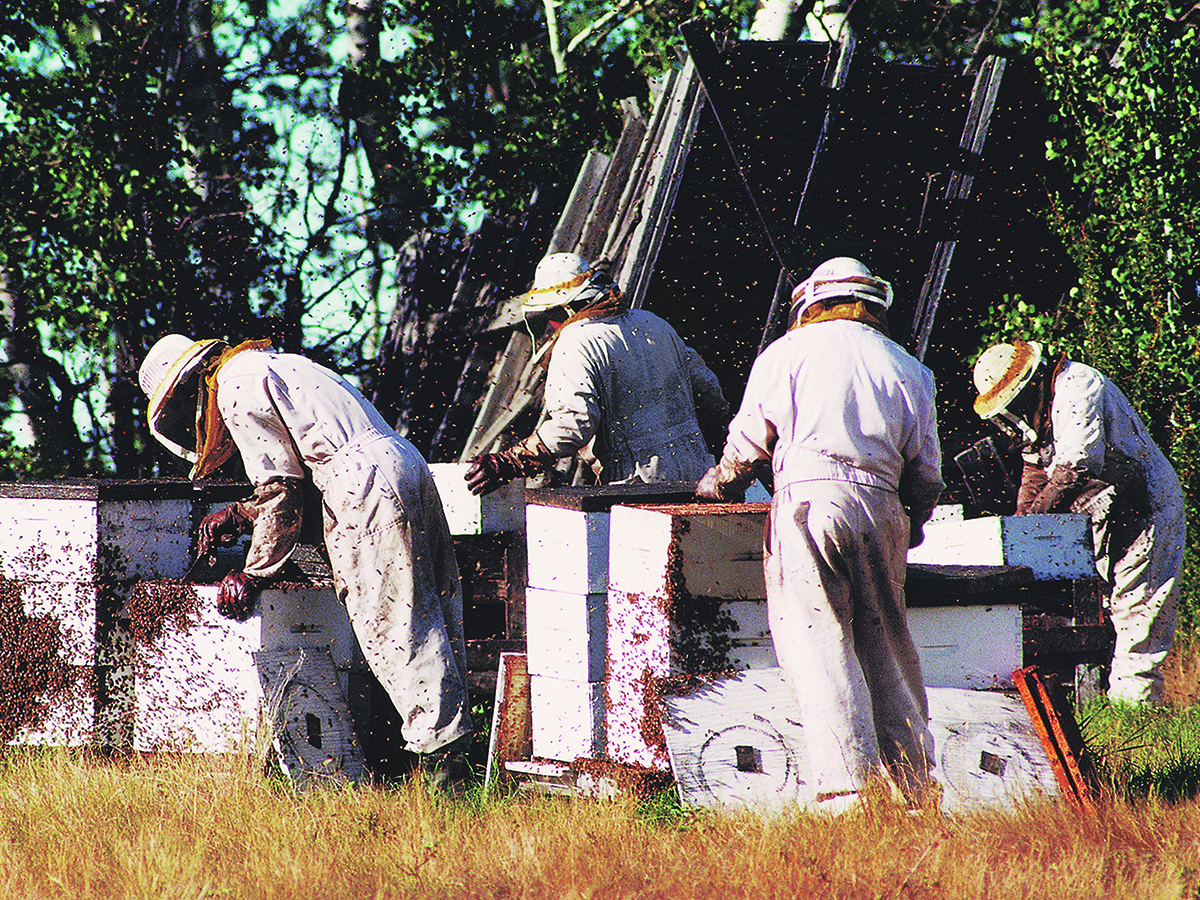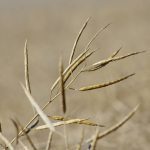Beekeepers face challenges in important markets, but demand for true honey amidst rampant fraud could boost prices
WINNIPEG — The level of fake honey on store shelves has reached a boiling point.
It’s so bad that the International Federation of Beekeepers’ Associations will not hand out awards for the best honey at its 2025 meeting in Denmark.
The associations cannot ensure that all honey in the competition is genuine, so judging and prizes for the best honey will not happen, the Guardian reported late last year.
Read Also

Saskatchewan looks to expand trade in Indonesia
Saskatchewan intends to increase its agricultural partnership with Indonesia.
“It’s just unbelievable if the world organization for all beekeepers cannot guarantee the authenticity of honey. The scale of this fraud is huge,” said Bernhard Heuvel, president of the European Professional Beekeepers Association.
The decision comes following multiple reports and studies in 2024 in which DNA testing showed the majority of honey on store shelves in Europe, the United Kingdom and elsewhere is fraudulent.
German beekeepers did testing where 25 out of 30 honey samples at supermarkets were adulterated. The fake honey is produced with sugar syrup or other technology in a lab.
Beekeepers suspect that most of the fraudulent honey comes from China, India and Turkey.
Detecting fake honey requires sophisticated testing, which is why the International beekeepers’ associations will not have awards this year.
The development is bad news for honey’s reputation, but eventually it could be helpful for Canadian beekeepers.
That’s because growing consumer and government awareness of fraudulent honey is expected to boost the price of genuine honey.
“It does have an impact on the pricing of… true honey. It’s not a big impact, yet, but it may become one,” said Rod Scarlett, the Canadian Honey Council’s executive director.
Honey prices have climbed slightly in Canada this fall and winter, topping $2 per pound. That’s positive but well below market highs from 2022 of $3 per lb.
Beekeepers in Canada need some good news around markets and prices because 2024 was a difficult year.
National production was about 78 million lb. in 2024, using Statistics Canada estimates. That’s down 18 per cent from 2023.
“I guess disappointing would be the best way to describe it…. We didn’t get any canola honey,” said Jeremy Olthof, a beekeeper from Tees, Alta., a village east of Red Deer.
“On a per hive average, it was probably the worst year I’ve ever had.”
In addition to weak honey yields, Canada has lost sales to the lucrative Japanese market, where buyers pay a premium for high quality honey.
Over the last couple of years, Japan has adopted a stringent residue limit for quinclorac in honey of 0.01 parts per million. Quinclorac is a herbicide used to control cleavers.
Those restrictions have prevented some beekeepers from exporting to Japan because it involves residue testing of honey in Canada.
“There are still some sales to Japan, (but) there are some difficulties,” Scarlett said.
Meanwhile, less Canadian honey is being shipped to the United States, the biggest honey importer in the world. In that market, Canadian honey competes with adulterated and authentic product from around the globe.
The battle for market share in the U.S. drives down the price of imported honey.
“The U.S. buyers are always looking for the lowest price. We’re still in competition with Argentina for the white honey,” Scarlett said.
As well, U.S. president-elect Donald Trump has threatened 25 per cent tariffs on all Canadian goods. That uncertainty has all businesses, including beekeepers, worried about what happens next.
The U.S. and Japan represent about 95 per cent of Canadian honey exports.
If sales to those markets become even more challenging, Canadian honey producers will need sales to other countries.
The combination of tariff threats from the U.S., continuing issues with Japan and the possibility of a market shift toward authentic honey means prices could go any direction in the next 12 to 24 months.
“There’s a gloomy cloud on the horizon (with tariffs),” Scarlett said.
“And there’s a sunny sky on the other side (for authentic honey).”
















